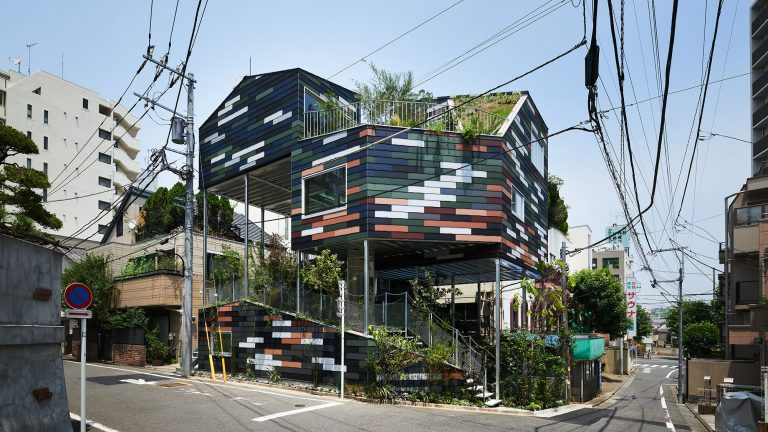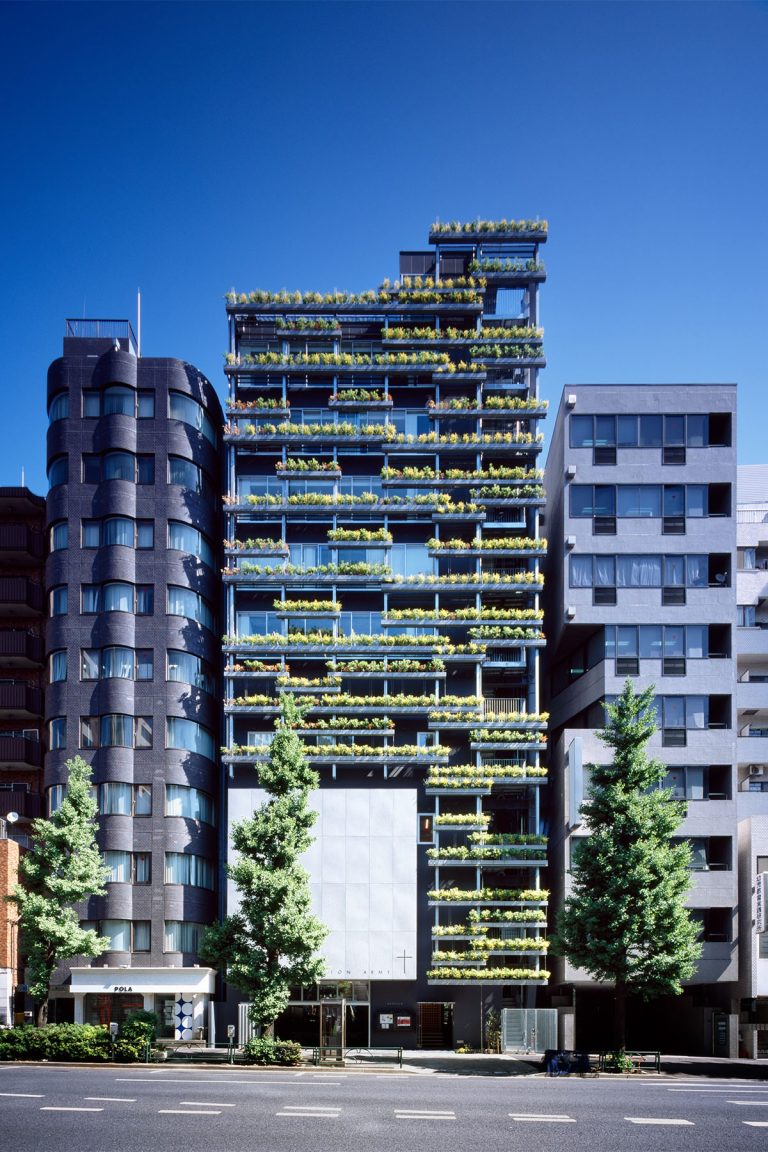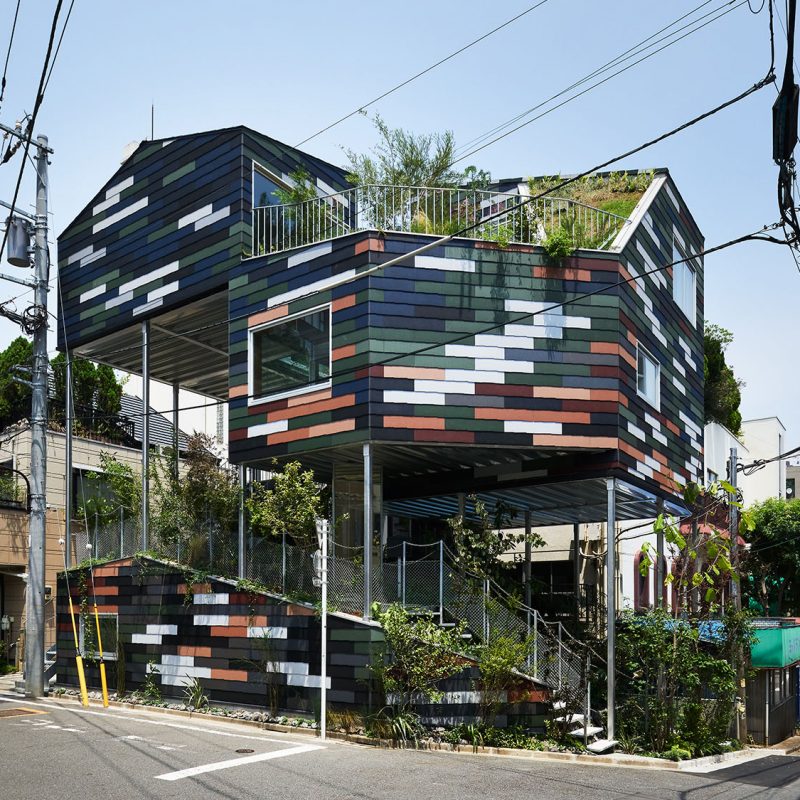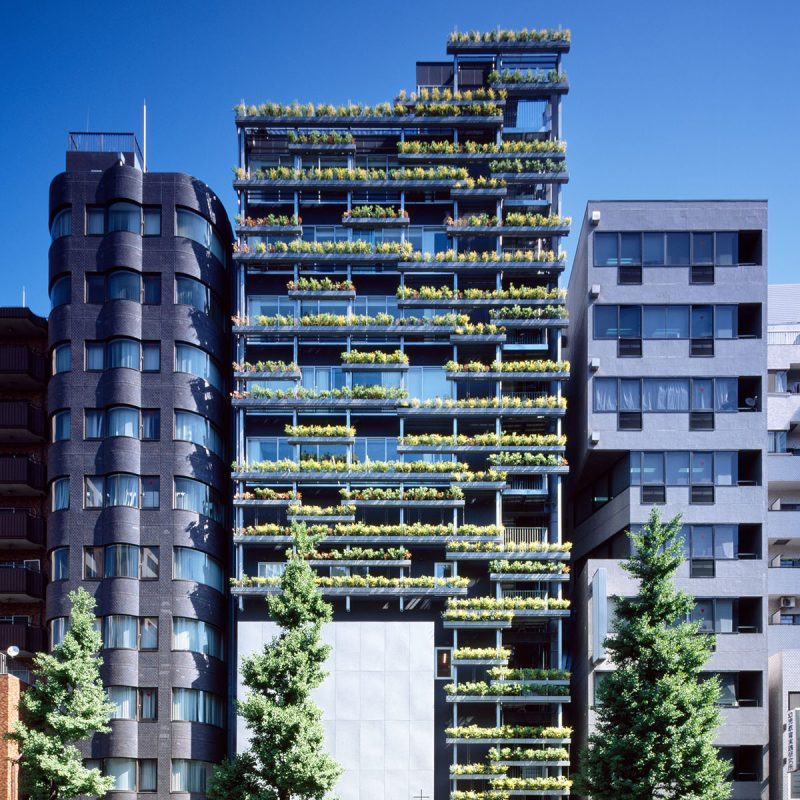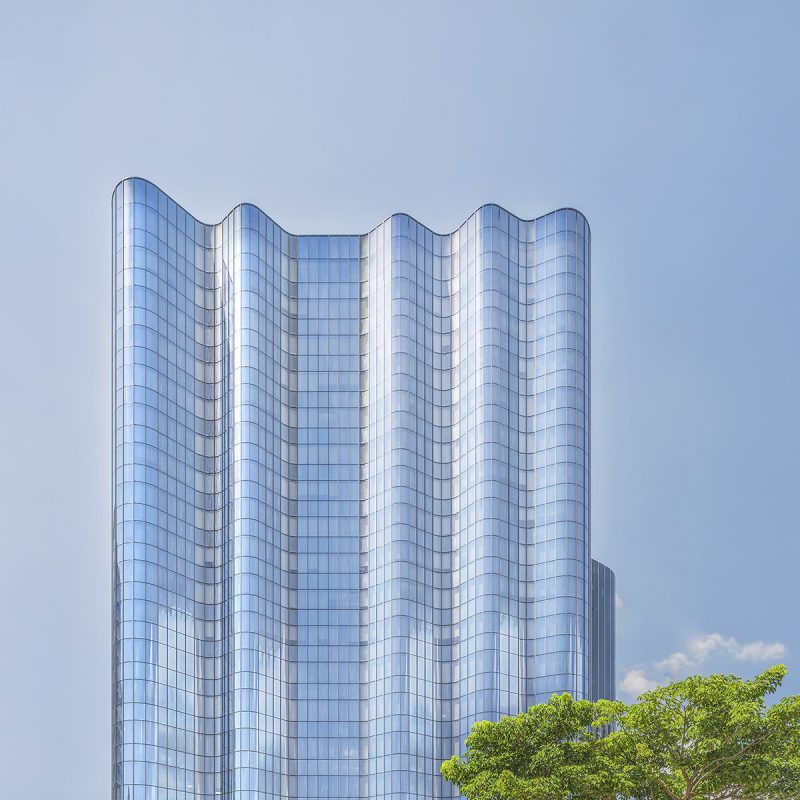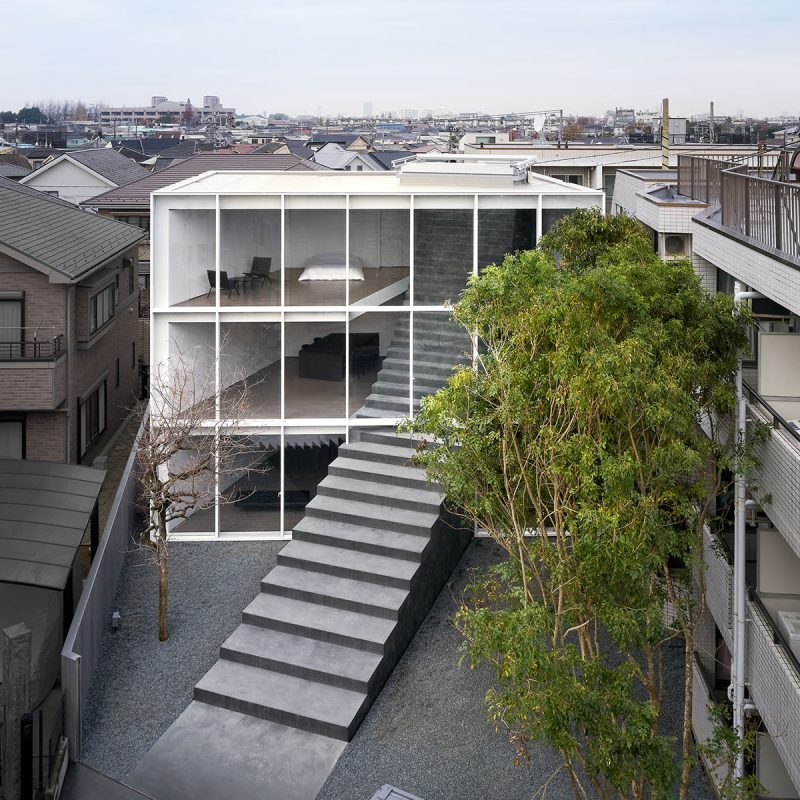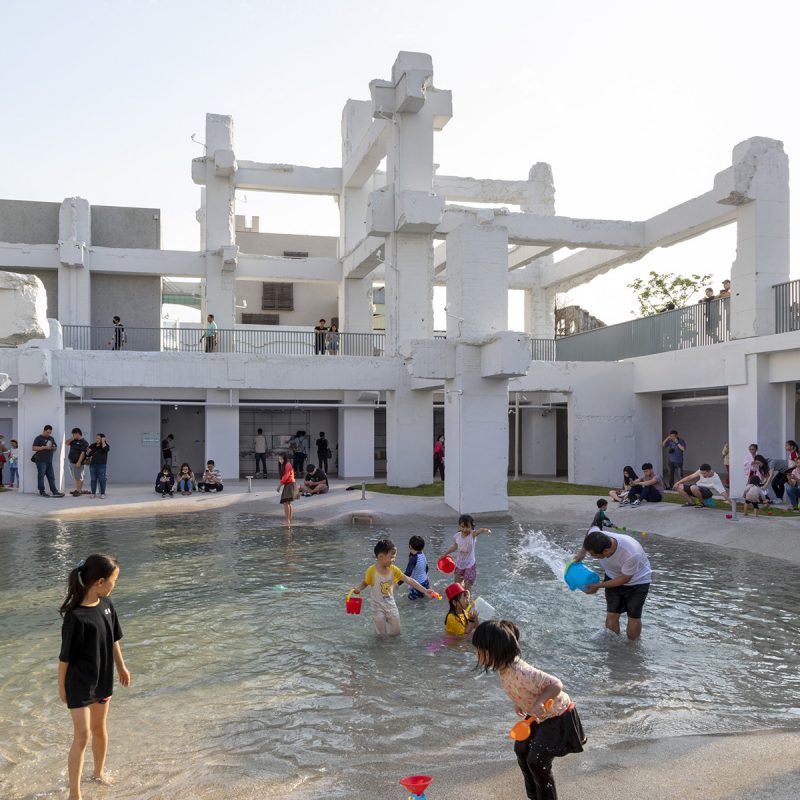Half a century past the 1960s an era punctuated with liberating individualism, recurring riots and emerging pop culture, the fact that our cultural horizon is still woefully limited may be related to the deepening entanglement between politics and innovation. Cultural vitality is manifested through innovation rather than reminiscence and nostalgia of past accomplishments. Innovation, for the purpose of discussion here, refers to the ability to come up with a refreshing, thought-provoking and broad-scoped solution to tackle present difficulties.
The production of innovations is in fact closely tied to politics, at least in a democratic country like Taiwan. In many fields, innovations always depend on market drivers. However, only self-sufficient innovative products conforming to the standards of the globalized market can emerge in this way and materialize as widely-known innovations, and the injection of significant funds and self-absorption of any profits and losses are necessary. Any other innovations that do not conform to market rules can only depend on not-for-profit sponsorship, which heavily hinges on politics. The most pronounced example of this is none other than the arms industry, whose links with national defense often makes political considerations the deciding criteria, although it also maintains a tangled web of connection with the market. There is one more scenario that neither conforms to the market nor relies totally on subsidy: the self-exploitation of the creator; this is also a kind of politics, namely, the politics of self-identity. The approach taken by director Tsai Ming-liang is a case in point: he refused to screen his film in mainstream cinemas and, in 2014, set the precedent for launching a film in the form of an exhibition at the Museum of National Taipei University of Education. He has taken charge over screening his own works ever since. Though extremely challenging financially, he has blazed an inspirational trail in the cinematic world dominated by globalization and commercialization. In certain situations, innovation may be two, or even three overlapping combinations of the above three scenarios. This is one lens through which the reader may view the context behind projects presented in this edition.
Notwithstanding the fact that the Internet has afforded some people the opportunity to escape urbanity, the city and everything related to it still provide a ripening leaven for innovations. Even the advent of the Internet age has not changed this reality but has instead further condensed it. The aggregation of the modern city arose from the groundbreaking innovation of the steam engine and the shift of the production model from dispersed farms into centralized cities. Urbanization, in turn, precipitated numerous innovative inventions, such as the subway, skyscraper, elevator and mall, the spaces of which sparked further innovations. This reiterative cycle burgeons like a rolling snowball, making the city itself an innovative and growing organic entity.

